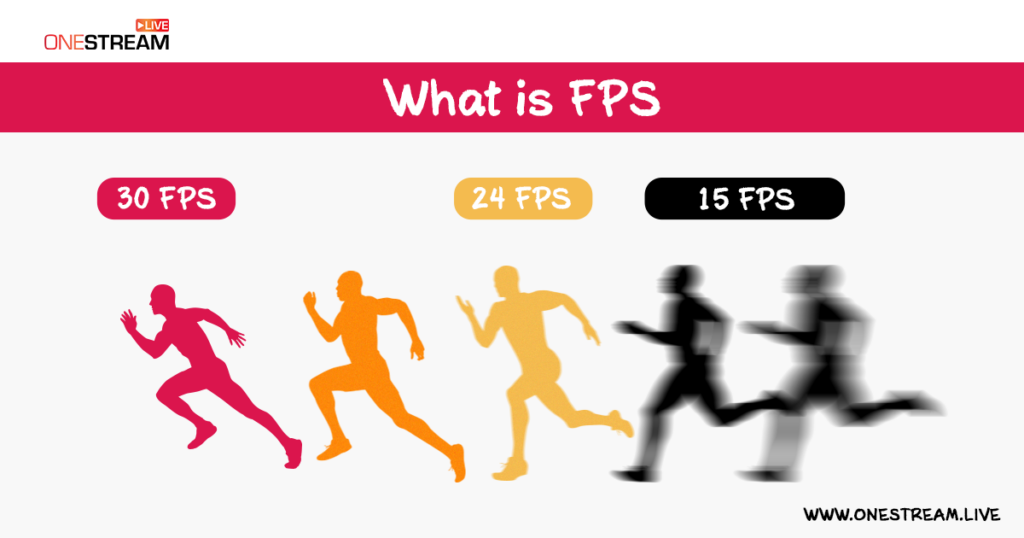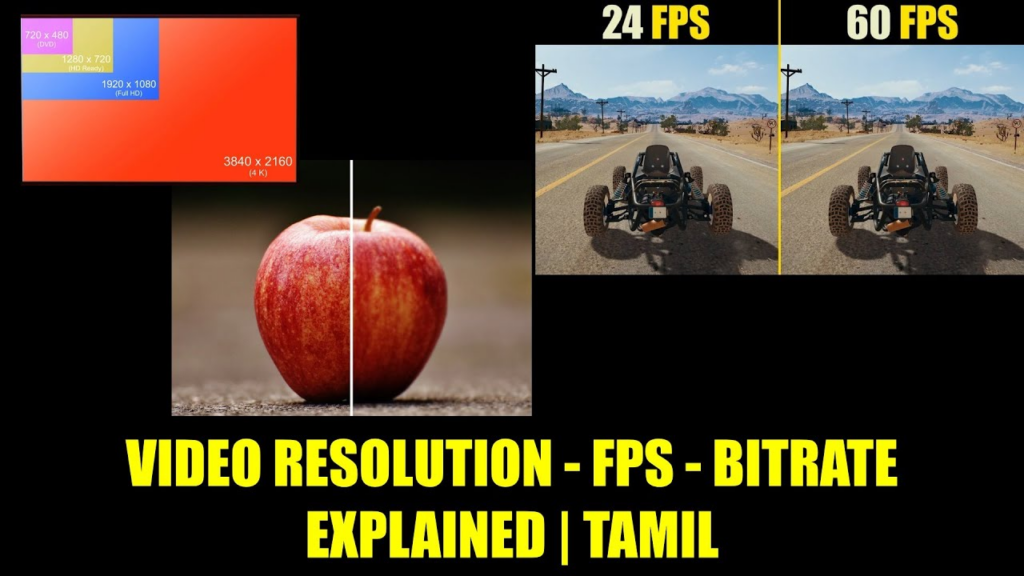FPS stands for frames per second and is a critical technical specification for TVs when it comes to motion clarity for video and gaming. The higher the FPS, the smoother and sharper motion will look to the human eye.
While movies and TV shows are typically 24-30 FPS, new televisions with 120 FPS refresh rates create dramatic improvements for live sports, FPS games, graphics-rich content, and fast on-screen motion.
As TV manufacturers push the limits on FPS for enhanced realism and immersion, this article will take an in-depth look at what FPS means, how it impacts picture quality, key terminology like refresh rates, what content takes advantage of high FPS, and how to choose the right television.
We’ll also answer some frequently asked questions about getting the most out of high-frame-rate TVs.

What is FPS?
FPS stands for frames per second. It refers to the number of unique consecutive images or frames that a display can show in one second. A higher FPS rate means the TV can refresh the image on the screen more frequently.
Film and television typically run at 24 FPS, while 30 FPS is also common for broadcasts and gaming. But new high frame rate TVs can achieve up to 120 or even 240 FPS. This equates to 120 or 240 unique image updates each second.
More FPS translates into significantly smoother, sharper motion and less motion blur. Quick camera pans, fast on-screen movement and rapidly changing visuals will look more detailed and fluid at higher frame rates. It brings out the full impact of high-speed, dynamic content.
Relationship Between FPS and Refresh Rate
A TV’s refresh rate is directly tied to its FPS capabilities. Refresh rate is how many times per second the TV can fully draw the pixels on the entire screen. A 120 Hz refresh rate means the screen redraws 120 times per second.
To achieve high FPS beyond typical 24-30 FPS content, TVs use techniques like black frame insertion and backlight scanning to interpolate additional frames between the source frames.
This allows, for example, a native 120 Hz TV to display a 24 FPS movie file like a Blu-ray at an enhanced 120 FPS for spectacular clarity.
Refresh rate is a key factor in determining motion resolution. A 240 Hz TV has the potential for better motion performance than one limited to 60 Hz.
Benefits of High FPS TVs
Here are some benefits that new television models with 120, 144, and 240 FPS provide:
- Minimizes motion blur, especially with fast camera moves and subject movement
- Sharpens detail for fast-moving visuals so objects don’t get lost in the blur
- Reduces stuttering from panning effects and quick transitions
- Provides an incredibly smooth, realistic viewing experience
- Improves picture clarity for live sports, news, and high-motion content
- Enhances video gaming with faster reaction times and smoother gameplay
- Eliminates tears and artifacts in images from rapid motion
- More immersive experience and visual pop
In summary, high FPS televisions unlock the full impact of speedy, dynamic imagery.

Content That Utilizes High FPS
To appreciate the advantages of TVs with high refresh rates and FPS, you need to watch content mastered at higher frame rates:
- Live sports – Broadcast at 60 FPS on TV networks for smoother motion and detail. At 120 or 240 FPS, action is astonishingly clear and sharp.
- Video games – Top consoles like PS5 and Xbox Series X support up to 120 FPS gaming. PCs can exceed 240 FPS. Fluid, tear-free visuals.
- Specialized videos – Film and TV at 60 FPS offer incredible realism. Some nature documentaries and tech demos go up to 120 FPS. YouTube has many high FPS clips.
- Soap operas – Infamously shot at a higher frame rate for a smooth picture. However, movies and TV shows are still largely 24 FPS.
To get the most impact from a high refresh rate panel, ensure your content sources output a high FPS rate. Fast internet is also key for streaming high FPS videos online.
Shopping for a High FPS TV – Key Factors
If you want to enjoy ultra-smooth visuals, here are some key features to look for when shopping for a high FPS/refresh rate television:
- True refresh rate – Know the exact, native panel refresh rate like 120 Hz, not exaggerated marketing numbers. Also, ensure the refresh rate doesn’t drop for HDR/4K.
- Low response time – Important for optimal sharpness with fast motion. Top TVs have response times of 5 ms or less.
- Black frame insertion – Inserts black frames between source frames to reduce motion blur. Helps 60 FPS video feel like 120 FPS.
- Variable refresh rate – Syncs TV’s refresh rate to the source’s FPS for tear-free, optimized gaming performance.
- HDMI 2.1 – Latest HDMI specification to handle 4K/120 Hz signals from devices. Enables high FPS gaming.
- Gaming features – Look for Auto Low Latency Mode, fast input lag, and support for up to 120 FPS on consoles.

Frequently Asked Questions (FAQ)
Q1: Is a higher FPS and refresh rate always better?
Ans: Not always – a higher rate improves motion clarity but can sometimes cause an overly “smooth” look in cinematic content at 24 FPS. Gamers and sports fans benefit the most from 120+ FPS.
Q2: Is 60 FPS good enough for most TV watching?
Ans: Yes – 60 FPS is fine for cable TV, most streaming, and Blu-rays. But 120 FPS enhances live sports, gaming, and specialty content. It also future-proofs your TV.
Q3: What is the ideal FPS and refresh rate for gaming?
Ans: 120 FPS delivers excellent gameplay fluidity. Competitive gamers prefer even higher 144 Hz or 240 Hz refresh for ultra-smooth visuals and responsiveness.
Q4: Can any HDMI handle high FPS signals?
Ans: HDMI 2.0 can do 4K 60 FPS. But HDMI 2.1 is required for 4K 120 FPS support. Use Ultra HHigh-SpeedHDMI cables for best performance.
Q5: Is a high FPS TV worth it if I mainly watch movies?
Ans: Likely not. Most movies are 24 FPS, so a 60 Hz TV is sufficient. But sports fans, gamers, and home theater enthusiasts will appreciate 120+ FPS TVs.




